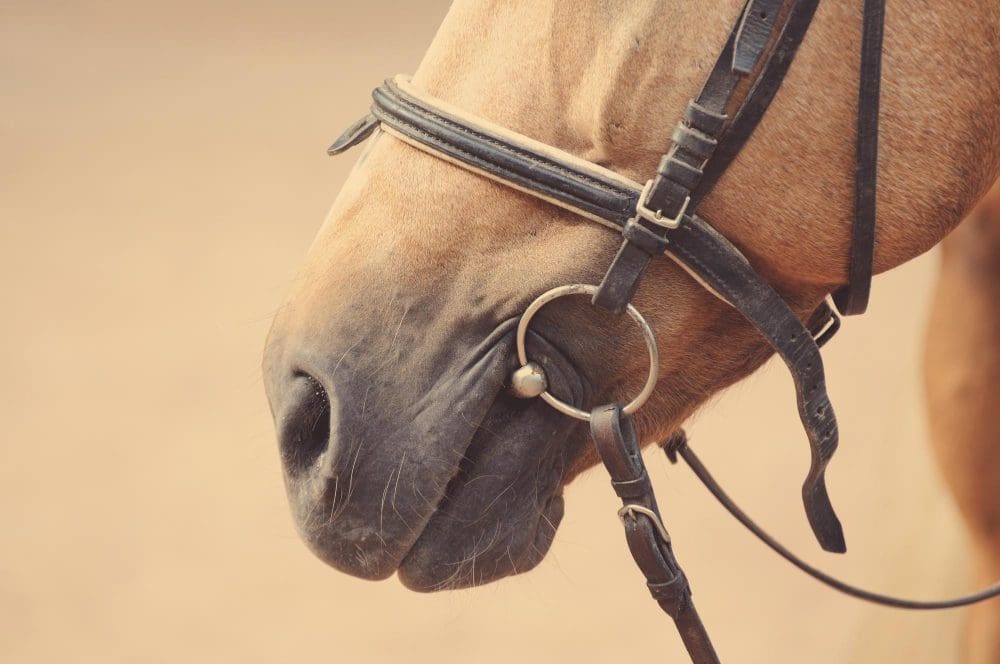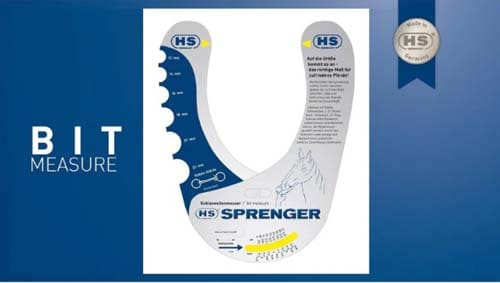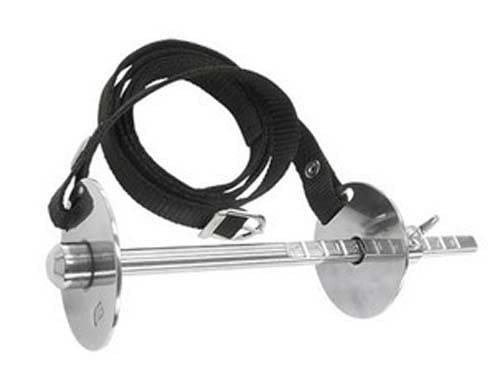**  USA Customers: Enjoy up to $800 Tax Free Imports - Even with Tariffs, we're still better value than US stores! **
USA Customers: Enjoy up to $800 Tax Free Imports - Even with Tariffs, we're still better value than US stores! **

In the world of equestrianism, we readily invest in a qualified saddle fitter to ensure our horses’ comfort and performance. But what about the often overlooked yet equally crucial aspect of horse bit fitting?
The evolution of horse bits spans centuries—from primitive materials like bone and wood to the more sophisticated metal designs of today. Yet, despite the advancements, bit purchases often rely on guesswork or trends rather than precise fitting.
Enter the modern era with advancements in horse welfare, physiology, and technology having given birth to a booming bit industry. Key players like Sprenger Bits and Neue Schule have revolutionized the market, employing cutting-edge technology and design to address horse bit fit issues to create optimal solutions for our equine partners.
But amidst this progress, a critical question remains: how do we ensure finding the right bit that fits our horse’s mouth? As manufacturers of custom horse bridles, we understand the importance of selecting the right horse bits that complement our products. Investing in a quality bridle is futile if it’s compromised by an ill-fitting bit.
There are two paths to finding the best fitting bit for your horse, the first is the DIY route, and the second is by, enlisting the expertise of a specialist. Join us as we delve deeper into the world of horse bit fitting, exploring its significance and unraveling the mysteries behind achieving the perfect fit for your horse.
In the pursuit of a well-fitting bit crucial for both you and your horse’s comfort and performance, the challenge lies in accurately measuring your horse’s mouth. Surprisingly, there are limited options available for obtaining precise measurements. However, despite this hurdle, there are still a few reliable methods and bit sizing tools at your disposal to ensure you find the perfect horse bit fit.


Bit design varies enormously and it is commonplace for many owners to use a bit that is either too short or too long, so careful measuring is required. Experts agree that there should be no more than a 5mm gap between the mouth and the bit ring on a loose ring snaffle bit. For bits with fixed side parts they should generally be one size smaller than the loose ring snaffle.
If length was the only consideration in finding the right bit for your horse, then it would be a relatively simple procedure and probably safe to do it yourself. However, it is just as important to ensure the correct thickness of bit for your horse, as no two horses’ mouths are the same.
While some equestrian organisations outline minimum bit thickness rules, there are no maximum limits set, but surprisingly, studies reveal that a horse’s mouth cavity is smaller and flatter than previously assumed, with no direct correlation between horse size and mouth size.
On average, a horse’s mouth can comfortably accommodate a bit thickness of 14mm, with no space for a bit thicker than 22mm. However, many owners mistakenly opt for thicker bits, believing they exert less pressure on the mouth. Contrary to this belief, research indicates that thicker bits can actually lead to unnecessary compression of the tongue.
Whilst a bit specialist, or a dentist, will have specific tools designed to measure the correct thickness of the bit required, you can do it yourself using the “two-finger” test. Place your index and middle finger together in the gap in the horse’s mouth where the bit normally sits. Push the tongue to one side and when the horse starts to chew the teeth come together and you will feel pressure on your fingers.
If you feel firm pressure on both your fingers the recommended thickness is between 14 – 16mm. If the pressure is light then the thickness required will be 16mm – 18mm. You can check this by allowing your fingers to slide together in the gap and measuring the overall circumference of your fingers where they cross.
It is also important to remember that, bits come in all shapes and sizes and are not just produced in a straight line between the bit rings. So whilst you may be measuring your horse for a bit in a straight line, don’t forget to take into account any curve shape in the bit when making your calculations.
As riders increasingly realize that DIY approaches can be inconsistent, the significance of professional horse bit fitting becomes evident. This article emphasizes the importance of consulting a qualified bit fitter. Until recently, the standards and training required for this role were unclear and undefined.
Understanding the need for industry standard and recognised qualifications in the UK Lantra The National Training Organization for Land-Based Industries stepped in to create a specific training program for practitioners who wanted to offer this service. Lantra, is certified by the British Standards Institute (BSI) and provides over 350 specialist courses and qualifications, many of which are recognized by Ofqual, SQA, and Qualification Wales. They offer numerous equine courses, one of which is “Foundation Fundamentals of Bits and Bitting”.
This was closely followed by a brand-independent “Neue Schule Academy Bit & Bridle Fitting course”. The course has been certified by Lantra and those completing the course will receive official recognition as fully qualified bit fitters. A simple google search for “Qualified bit fitters near me”, will provide you with a list of qualified consultants. A specialist horse bit fitter will have all the tools required to take accurate measurements and a wide selection of bits to try on your horse. We highly recommend using a specialist that has been accredited by Lantra as a bit fitting consultant.
Horses can suffer from a myriad of problems caused by a problem bit. These are typically referred to as “horses with fussy mouths” and there can be a wide variety of causes, that only the use of an expert will fix.
A correctly fitting bit is just as important as a correctly fitting saddle and you will notice a marked difference in behaviours between a horse with a poorly fitted bit and one that has been fitted by an expert, which is why, as you would engage the services of a qualified saddle fitter, we recommend the services of a certified Bit Fitter.
Pink Enquine have been pioneers of custom horse tack design since 2007, we’ve also dedicated ourselves to enriching your equestrian experience through our Pink Equine Blog. While you’re here, we invite you to peruse our unique custom horse tack designs and explore our exquisite range of Mattes saddle pads, girths, and ear bonnets. Join us as a free member to receive exclusive articles, enjoy membership discounts, and participate in exciting competitions. Register now to stay connected with the latest updates and offerings!